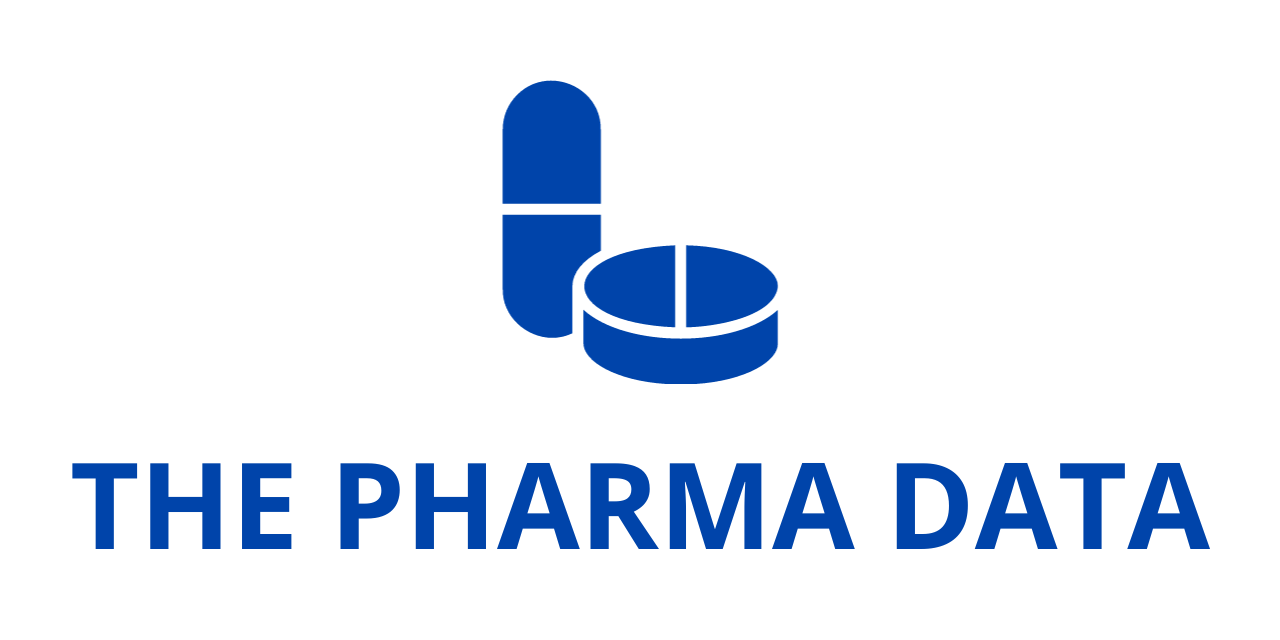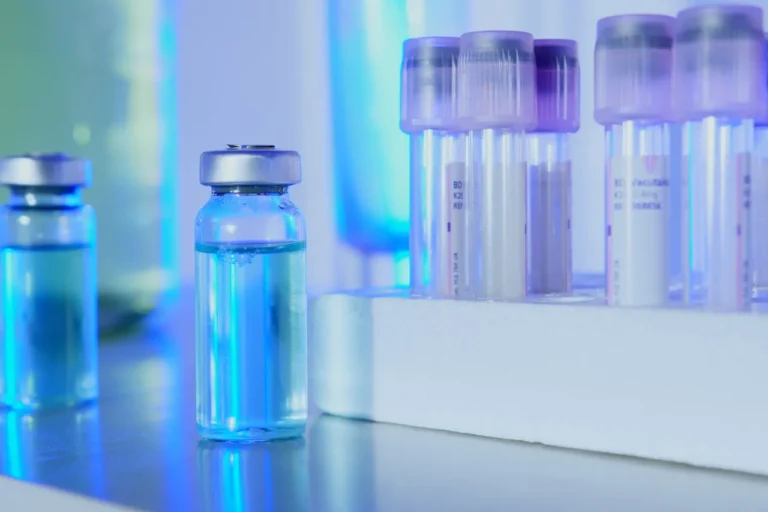
Johnson & Johnson’s RedirecTT-1 Study Shows Durable Responses in Heavily Pretreated Multiple Myeloma Patients with Extramedullary Disease
Johnson & Johnson today presented new and promising data from its Phase 2 RedirecTT-1 study evaluating the investigational combination of TALVEY® (talquetamab-tgvs) and TECVAYLI® (teclistamab-cqyv) — two first-in-class, FDA-approved bispecific antibodies — in patients battling triple-class exposed (TCE) relapsed or refractory multiple myeloma (RRMM) with true extramedullary disease (EMD). The study, which is the largest to date that focuses exclusively on this patient population, shows high overall response rates (ORR) alongside deep and durable responses, offering much-needed hope for individuals whose disease typically carries a poor prognosis.
The new results were presented in a late-breaking oral presentation (Abstract #LB4001) at the 2025 European Hematology Association (EHA) Congress. According to the data, the combination demonstrated a high ORR and a strong depth of response in a patient population with limited treatment options and poor outcomes under standard care.
Extramedullary Disease — An Unmet Need in Multiple Myeloma
Extramedullary disease occurs when multiple myeloma evolves and forms tumors (plasmacytomas) outside of bone structures — for instance, in soft tissues and various internal organs. This aggressive manifestation of multiple myeloma is a significant challenge for clinicians, typically reflecting a poor prognosis due to its resistance to standard treatments and its unfavorable biology. Patients with extramedullary disease frequently experience poor responses, low progression-free survival, and a high likelihood of relapse, adding urgency to the search for innovative and more effective treatment strategies.
Across the relapsed or refractory multiple myeloma landscape, triple-class exposed (TCE) patients with extramedullary disease face a particularly tough battle. This group — after failing a proteasome inhibitor, an immunomodulatory agent, and a CD38 monoclonal antibody — typically shows an ORR of less than 40% and a progression-free survival (PFS) of less than 6 months under standard of care, reflecting their poor prognosis.
RedirecTT-1 Study Highlights Durable Benefit with TALVEY + TECVAYLI Combination
“The investigational combination of TALVEY and TECVAYLI has demonstrated deep, durable responses in patients with relapsed or refractory multiple myeloma, and now shows great promise in those with extramedullary disease, where standard therapies often fall short,” said Yael Cohen, M.D., Head of Myeloma Unit at Tel-Aviv Sourasky Medical Center in Israel. “Dual targeting of GPRC5D and BCMA may enable us to produce a greater depth of response by reducing the likelihood of resistance due to target escape. The RedirecTT-1 trial shows the power of this novel combination approach as a potential treatment option for these patients, many of whom have limited options after multiple lines of therapy.”
The Phase 2 RedirecTT-1 study enrolled 90 patients with TCE RRMM with true extramedullary disease. Among these:
- 84.4% were triple-class refractory, meaning they had previously been treated with a proteasome inhibitor, an immunomodulatory agent, and a CD38 monoclonal antibody.
- 35.6% were penta-drug refractory, having been exposed to additional lines of treatment.
- 20% had previously received BCMA-directed CAR-T therapy, adding further resistance to standard treatments.
- 8.9% had previously received a bispecific antibody.
The combination of TALVEY® plus TECVAYLI® resulted in a high overall response rate of 78.9% (95% confidence interval [CI] 69.0–86.8), with more than half of the patients (54.4%) experiencing a complete response or better. Importantly, high responses were observed even in patients previously exposed to BCMA CAR-T therapy (83.3% ORR; 58.6–96.4) or anti-FcRH5 bispecifics (75% ORR; 34.9–96.8) — a population typically challenging to treat due to resistance mechanisms.
Durable Benefit and Overall Survival
Deep responses were not only high but durable. Among the responders, 66.2% remained in response at the data cutoff, with a median follow-up of 13.4 months. The combination therapy resulted in 61% of patients progression-free and alive at 1 year. Furthermore, 64.1% maintained their response (median duration of response: 13.8 months), while 74.5% were alive at 1 year, with the median overall survival not yet reached — reflecting a significant and sustained clinical benefit for these patients.
Comments from Johnson & Johnson and Safety Profile
“Patients with extramedullary myeloma, especially those who have exhausted prior therapies, need more effective treatment options,” said Jordan Schecter, M.D., Vice President, Disease Area Leader, Multiple Myeloma, Johnson & Johnson Innovative Medicine. “Our first-in-class bispecific antibodies — TALVEY and TECVAYLI — have transformed treatment for relapsed or refractory multiple myeloma. The RedirecTT-1 study underscores our ongoing commitment to advancing innovative therapies that attack the disease in different ways by building combinable and complementary regimens.”
The combination’s safety profile was consistent with previously reported data for the two agents as monotherapy, with no new safety signals identified. Patients were able to switch to once a month dosing, which may contribute to improved tolerability and patient compliance. The rates of discontinuation due to adverse events (AEs) were low, with only 4 participants discontinuing TALVEY® due to side effects.
While Cytokine Release Syndrome (CRS) and Immune Effector Cell-Associated Neurotoxicity Syndrome (ICANS) were mostly low grade, there were 10 grade 5 (fatal) adverse events (11.1%) — 5 due to infections and 5 unrelated to the study treatment. Importantly, the rates of severe infections were similar to those previously observed with BCMA bispecific antibody monotherapy.
The RedirecTT-1 study underscores the potential of the TALVEY® + TECVAYLI® combination to make a profound and durable difference in the lives of heavily pretreated multiple myeloma patients with extramedullary disease — a population with limited treatment options and poor prognosis. The study’s data suggest that this combination therapy could become a powerful new standard of care for a group in urgent need of effective interventions.




